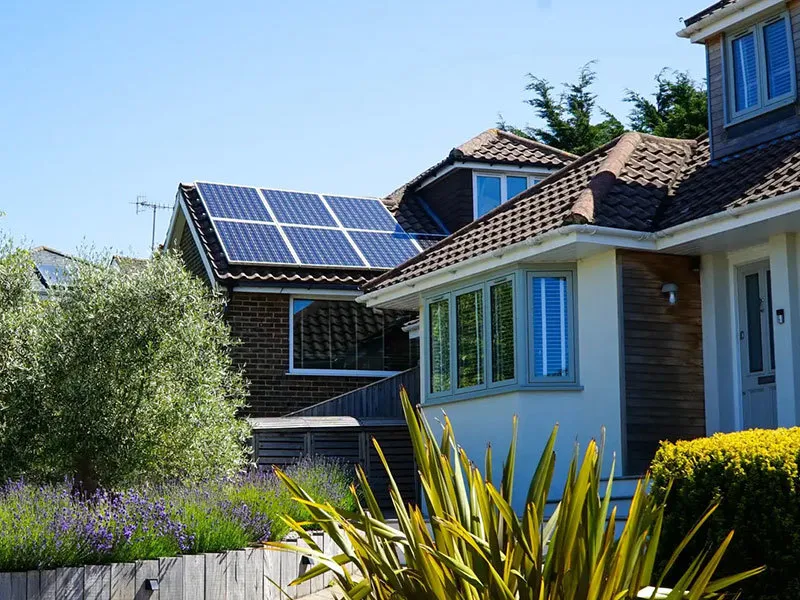pv module bifacial
Understanding Bifacial PV Modules A Game Changer in Solar Energy
As the world races towards sustainable energy solutions, the importance of photovoltaic (PV) modules in harnessing solar energy is undeniable. Among the various innovations in solar technology, bifacial PV modules have emerged as a cutting-edge solution, significantly enhancing the efficiency of solar energy production. This article delves into the intricacies of bifacial PV modules, exploring their benefits, functionality, and impact on the renewable energy landscape.
What are Bifacial PV Modules?
Bifacial PV modules are designed to capture sunlight on both their front and rear sides, thereby maximizing solar energy absorption. Unlike traditional monofacial panels that only harness sunlight from one angle, bifacial modules utilize a unique design that allows them to generate electricity from both direct sunlight and reflected light from the ground. This capability results in a higher overall energy yield, especially in environments with reflective surfaces, like snow or water bodies.
Working Principle
The working principle of bifacial PV modules hinges on their dual-surface design. These panels are typically constructed with transparent back sheets or glass on both sides, allowing light to penetrate and activate the photovoltaic cells from either side. When sunlight strikes the front side, the solar cells convert it to electricity. Simultaneously, light reflected from the ground or nearby surfaces is captured by the rear side, contributing to the total energy production. This dual exposure increases the efficiency of the modules compared to traditional options, leading to more energy generated per square meter.
Advantages of Bifacial PV Modules
1. Increased Energy Yield One of the most significant advantages of bifacial modules is their enhanced energy yield. Studies have shown that bifacial panels can produce 10% to 30% more electricity than their monofacial counterparts, depending on installation conditions and albedo (the reflectivity of the ground surface).
2. Durability and Longevity With a robust construction, bifacial PV modules are often more resilient than traditional models. The use of durable materials allows them to withstand harsher environmental conditions, potentially translating into a longer lifespan and better return on investment.
pv module bifacial

3. Versatility in Installation Bifacial modules can be installed in various configurations, including ground-mounted, rooftop, and even agrivoltaics, where solar panels are combined with agricultural activities. Their ability to capture reflected light makes them particularly effective in elevated installations where ground reflection can be optimized.
4. Reduced Land Use By generating more energy per unit area, bifacial PV installations can utilize smaller plots of land to produce the same or even more electricity compared to traditional systems. This is particularly beneficial in regions where land availability is limited.
5. Environmental Benefits Increased efficiency and land-use effectiveness contribute to the overall environmental footprint of solar installations. Higher energy yields mean less need for extensive land clearing and reduced ecological disruption, aligning well with the fundamentals of sustainable energy development.
Challenges and Considerations
Despite the numerous advantages, bifacial PV modules are not without challenges. Initial costs can be higher than conventional panels, primarily due to the advanced technology utilized in their production. Moreover, optimizing the placement and angle of bifacial panels is crucial to maximizing their performance, necessitating careful planning and design to ensure maximum exposure to reflective light.
The Future of Bifacial PV Technology
The future of bifacial PV technology appears promising. As innovation continues, efficiency rates are expected to improve, manufacturing costs are projected to decline, and the technology is likely to become even more integrated into renewable energy projects worldwide. With governments and organizations increasingly focusing on reducing carbon emissions and transitioning to renewable sources, bifacial PV modules stand at the forefront of solar energy advancements.
In conclusion, bifacial PV modules represent a significant leap forward in solar technology, offering enhanced efficiency and versatility in energy production. As the world seeks to embrace renewable energy solutions, these panels present an attractive option for maximizing solar power potential while contributing to a more sustainable future. As awareness and adoption of this technology grow, bifacial modules are set to play a pivotal role in the global energy landscape.
-
Unlocking Energy Freedom with the Off Grid Solar InverterNewsJun.06,2025
-
Unlock More Solar Power with a High-Efficiency Bifacial Solar PanelNewsJun.06,2025
-
Power Your Future with High-Efficiency Monocrystalline Solar PanelsNewsJun.06,2025
-
Next-Gen Solar Power Starts with Micro Solar InvertersNewsJun.06,2025
-
Harnessing Peak Efficiency with the On Grid Solar InverterNewsJun.06,2025
-
Discover Unmatched Efficiency with the Latest String Solar InverterNewsJun.06,2025







